According to a VNA reporter in Tokyo, Japan plans to use artificial intelligence (AI) to analyze more than 5,000 government projects and initiatives, focusing on setting goals, results and budgets for public works and subsidies.
According to an assessment by the Administrative Reform Promotion Headquarters under the Cabinet Office, the government will implement a new administrative system from fiscal 2028. The goal is to use AI to formulate more effective policies and plan optimal budget allocations.
First, the AI will learn from existing data on administrative initiatives in a year-long analysis process.
The job was assigned to a private consultancy this month. The AI will review project reports from relevant ministries and agencies, including information on budgets, spending and results. Through this learning process, the AI will improve its accuracy and ability to make recommendations.
The AI system will also be responsible for evaluating cost-cutting and manpower-saving measures, and identifying technologies that can be shared between different projects.
Project reports, called “scoreboards,” are prepared for all publicly funded initiatives. These reports provide an overview of the project, the status of budget expenditures and results achieved, as well as quantitative progress against set goals.
Staff in ministries and agencies will set project objectives and evaluate results. However, in some cases it is difficult to identify objectives that are relevant to the project content or that address the issues raised. It can also be difficult to fairly evaluate the results achieved.
“Some ministries and agencies are in charge of many projects, so sometimes staff cannot fully grasp the progress or report content of each project,” said an official at the Administrative Reform Headquarters.
This is why AI will be deployed to manage projects and initiatives from the fiscal year starting in April 2028, when the current administrative system is expected to be upgraded.
During the implementation phase, AI is expected to be used to draft a project overview, analyze whether goals and outcomes are aligned, and determine outcome metrics, according to the assessment.
In the long term, AI will be used early in the policy-making process. For example, in an infrastructure project, AI will determine the appropriate scope and budget, develop maintenance plans, and forecast the economic impact on regions.
AI will also draw lessons from past successes and failures to recommend policies and come up with ideas for improving projects. The goal is to ensure optimal fiscal spending and improve service efficiency./.
Source: https://www.vietnamplus.vn/nhat-ban-se-su-dung-tri-tue-nhan-tao-ho-tro-phan-tich-5000-du-an-cong-post1035159.vnp




![[Photo] Prime Minister Pham Minh Chinh chairs the first meeting of the Central Steering Committee on housing policy and real estate market](https://vphoto.vietnam.vn/thumb/1200x675/vietnam/resource/IMAGE/2025/9/22/c0f42b88c6284975b4bcfcf5b17656e7)


















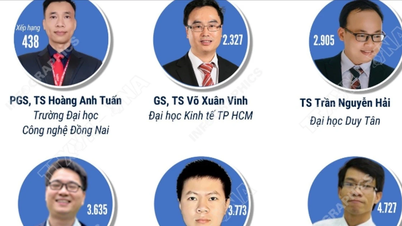

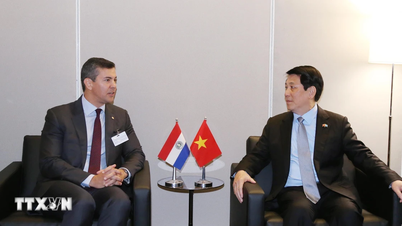





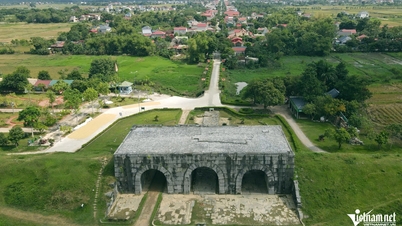










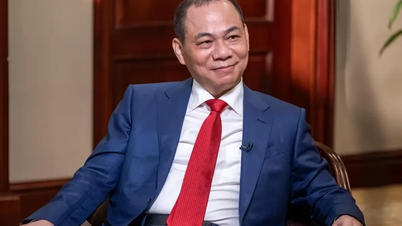



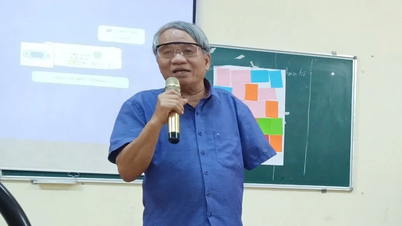













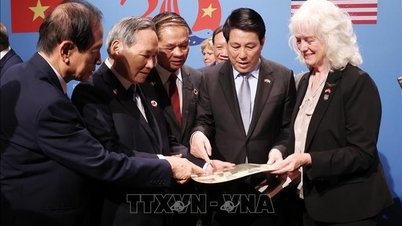





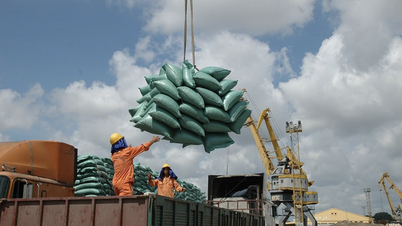






























Comment (0)